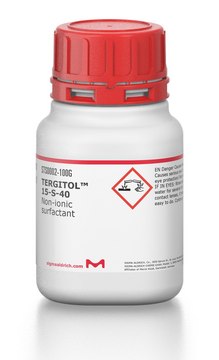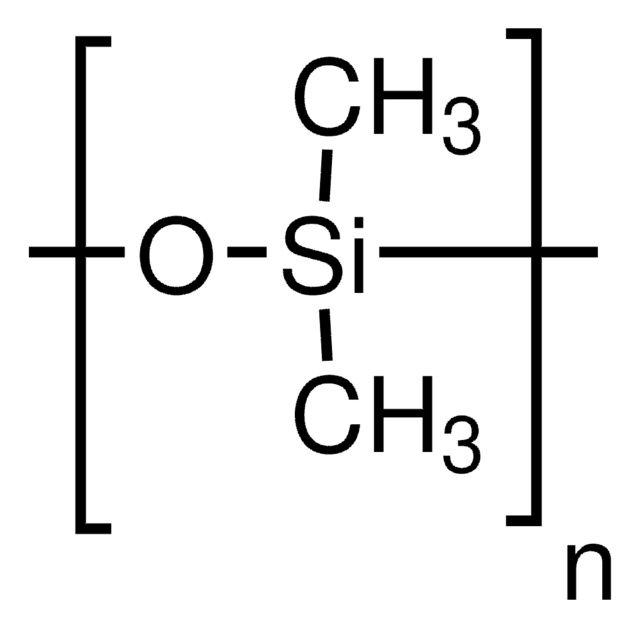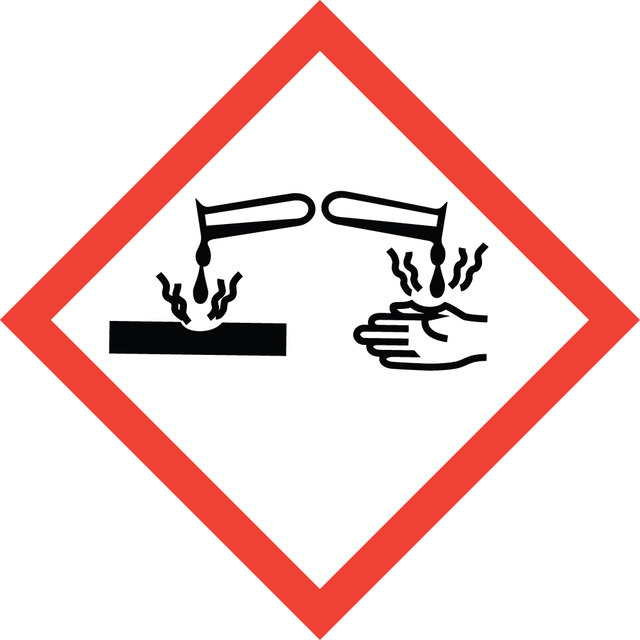RES1513C-A7
L-Cystine dihydrochloride, non-animal derived
Synonym(s):
L-Cystine dihydrochloride
Select a Size
Select a Size
About This Item
Recommended Products
biological source
synthetic
Quality Level
description
Non-Animal Derived
form
powder
technique(s)
cell culture | mammalian: suitable
impurities
endotoxin, microbial, and trace metals, tested
suitability
suitable for manufacturing use
foreign activity
Cytotoxicity, DNase, NICKase, RNase, and Protease; tested
SMILES string
Cl.Cl.N[C@@H](CSSC[C@H](N)C(O)=O)C(O)=O
InChI
1S/C6H12N2O4S2.2ClH/c7-3(5(9)10)1-13-14-2-4(8)6(11)12;;/h3-4H,1-2,7-8H2,(H,9,10)(H,11,12);2*1H/t3-,4-;;/m0../s1
Looking for similar products? Visit Product Comparison Guide
1 of 4
This Item | A89200 | 48567 | 694959 |
|---|---|---|---|
| assay ≥99.0% (GC) | assay 97% | assay - | assay ≥99% |
| solubility alcohols: soluble, chloroform: soluble, supercritical carbon dioxide: soluble, benzene: soluble, hydronaphthalenes: soluble | solubility alcohols: soluble, benzene: soluble, chloroform: soluble, hydronaphthalenes: soluble, supercritical carbon dioxide: soluble | solubility alcohols: soluble, benzene: soluble, chloroform: soluble, hydronaphthalenes: soluble, supercritical carbon dioxide: soluble | solubility alcohols: soluble, benzene: soluble, chloroform: soluble, hydronaphthalenes: soluble, supercritical carbon dioxide: soluble |
| Quality Level 100 | Quality Level 200 | Quality Level 100 | Quality Level 100 |
| mp 210-215 °C (lit.), 214-216 °C | mp 210-215 °C (lit.) | mp 210-215 °C (lit.) | mp 210-215 °C (lit.) |
| form powder or crystals | form flakes, powder or solid | form - | form crystalline |
| bp 340 °C (lit.) | bp 340 °C (lit.) | bp 340 °C (lit.) | bp 340 °C (lit.) |
General description
M-Clarity Program
Our comprehensive portfolio of upstream process chemicals not only provides biopharmaceutical manufacturers with high-quality raw materials for production of classical and novel therapies, but also helps them get to market faster and simplify regulatory challenges. Trust us to deliver supply chain transparency and reliable sourcing around the globe, streamlining your product qualification with best-in-class regulatory support and service.
Application
Packaging
RES1513C-A701X: 100g container
RES1513C-A704X: 10kg container
Legal Information
Signal Word
Danger
Hazard Statements
Precautionary Statements
Hazard Classifications
Eye Dam. 1 - Skin Corr. 1B
Storage Class Code
8A - Combustible corrosive hazardous materials
WGK
WGK 1
Flash Point(F)
Not applicable
Flash Point(C)
Not applicable
Choose from one of the most recent versions:
Already Own This Product?
Find documentation for the products that you have recently purchased in the Document Library.
Customers Also Viewed
Our team of scientists has experience in all areas of research including Life Science, Material Science, Chemical Synthesis, Chromatography, Analytical and many others.
Contact Technical Service





